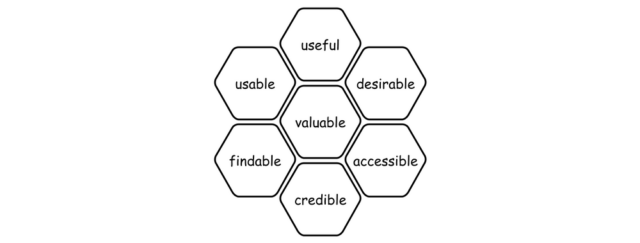What is Usability?
Usability is part of the broader term “user experience” and refers to the ease of access and/or use of a product or website. A design is not usable or unusable per se; its features, together with the context of the user (what the user wants to do with it and the user’s environment), determine its level of usability.
The official ISO 9241-11 definition of usability is: “the extent to which a product can be used by specified users to achieve specified goals with effectiveness, efficiency and satisfaction in a specified context of use.”
A usable interface has three main outcomes:
- It should be easy for the user to become familiar with and competent in using the user interface during the first contact with the website. For example, if a travel agent’s website is a well-designed one, the user should be able to move through the sequence of actions to book a ticket quickly.
- It should be easy for users to achieve their objective through using the website. If a user has the goal of booking a flight, a good design will guide him/her through the easiest process to purchase that ticket.
- It should be easy to recall the user interface and how to use it on subsequent visits. So, a good design on the travel agent’s site means the user should learn from the first time and book a second ticket just as easily.
Designers, usually user experience (UX) designers, tend to measure a design’s usability throughout the development process, from wireframes to prototypes to the final deliverable. This is because usability is what determines whether a design’s existing attributes make it stand or fall.


